Recently, President Joe Biden and Chinese leader Xi Jinping held a virtual summit where they discussed the possibility of a joint release of crude oil from their respective country’s Strategic Petroleum Reserves in hopes of easing inflation. With inflationary effects already likely to ease, the simultaneous tapping of reserves could cause financial conditions to tighten and equity prices to correct.
Inflation, as expressed by the consumer price index (CPI) on a year-over-year rate of change, has a high correlation with crude oil prices. Crude oil is used in more than 6,000 products and the production of those products, which makes consumer prices highly sensitive to any changes in the price of crude oil.
Consumer prices are so sensitive to the price of crude oil that the CPI tends to lag changes in the year-over-year rate of change in crude oil price. When crude oil prices start to fall, consumer price inflation is likely to slow in the months to come. Yet, many policymakers seem unaware of just how much crude oil prices impact our daily life as they seek to curb the effects of inflation.
For a sitting president, there’s little the White House can do to affect crude oil prices. A president does have the authority to release stock from our Strategic Petroleum Reserve without approval from Congress. While few presidents have exercised their right to release crude oil reserves, flooding the market with crude oil is likely to cause prices to fall.
The risk for the Biden administration is that dumping crude oil onto the market will not just slow the increase in crude oil prices but also cause it to crash. With disposable personal incomes falling due to inflation, many consumers already have less money to spend on goods and services.
With less money in their pockets, consumers will be forced to reduce their usage of energy, which will likely pause the recent rise in crude oil prices. Even if crude oil prices continue to rise, the year-over-year rate of change is likely to significantly slow as crude oil prices from a year ago were rising faster than they are now.
It’s very likely if Biden and Xi did nothing, consumer price inflation would likely slow as the year-over-year rate of change in crude oil prices is likely to significantly decline. Should both Strategic Petroleum Reserves get tapped simultaneously, it could be a major mistake.
Crude oil prices also have a relationship with Treasury yields. As crude oil prices rise, Treasury yields also tend to rise. A coordinated effort to lower crude oil prices would likely send Treasury yields falling. When Treasury yields fall, it’s a sign of tightening financial conditions.
While few investors understand the long-term relationship between stock prices and Treasury yields, falling Treasury yields are a bad omen for risk assets. On average, Treasury yields peak three months before equity prices peak, which suggests equity prices are soon to fall at a time when most investors are overleveraged.
Margin debt, or the amount of money investors have borrowed, is near its all-time highs. Investors have been eager to borrow from the securities dealers, who have also been all too eager to lend money to buy stocks. Based on the October 2021 data from FINRA, investors have borrowed more than $900 billion to buy risk assets.
Investors borrowed a record amount of money as they hoped inflation, due to central bank money printing, would send equity prices higher. While central banks can’t print money, inflation took off due to an increase in consumer spending from repeated rounds of government stimulus and supply-chain disruptions.
A joint release of China’s and the United States’ Strategic Petroleum Reserves could trigger a feedback loop that causes financial conditions to tighten as falling crude oil prices send Treasury yields lower. Should yields end up falling, based on the historical relationship between Treasury yields and stock prices, stock prices will then follow yields lower.
With a record amount of margin debt supporting stock prices, any misstep in the economy could trigger a cascade of selling as investors rush to get out. A collapse in stock prices would lead to a recession, as consumer spending has a relationship with stock prices. When consumers feel wealthy they tend to spend more.
On Nov. 23, Biden announced he will open the spigots on our petroleum reserves, and doing so will be a mistake. The rise in crude oil prices is already slowing and the year-over-year rate of change is declining. Both should slow inflation in the months to come as more American’s head back to work to ease supply-chain bottlenecks.
Releasing stock from the Strategic Petroleum Reserve could set off a chain reaction of tightening financial conditions that could lead to lower stock prices and another recession—neither of which will be good for the U.S. economy as it continues to emerge from the pandemic shutdown.
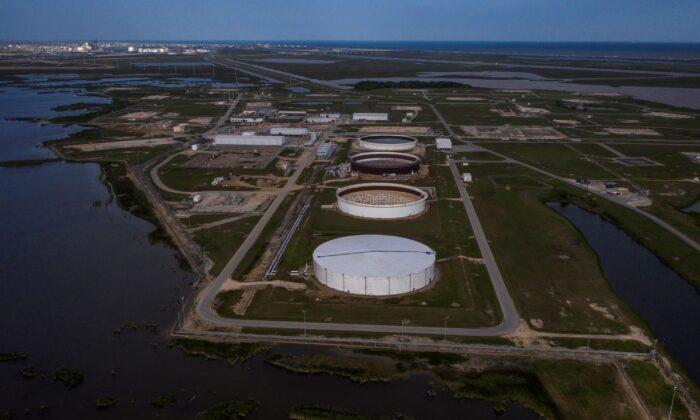

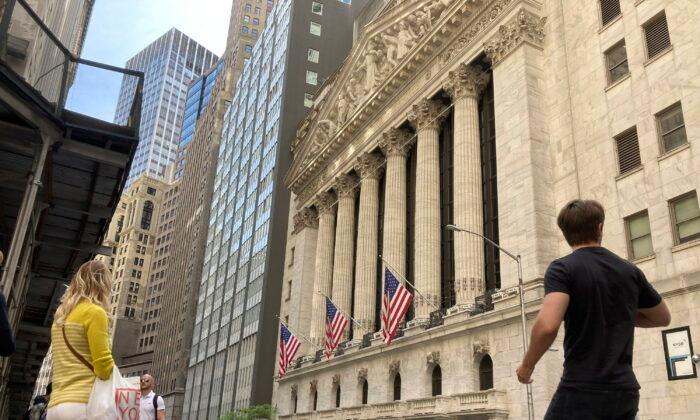
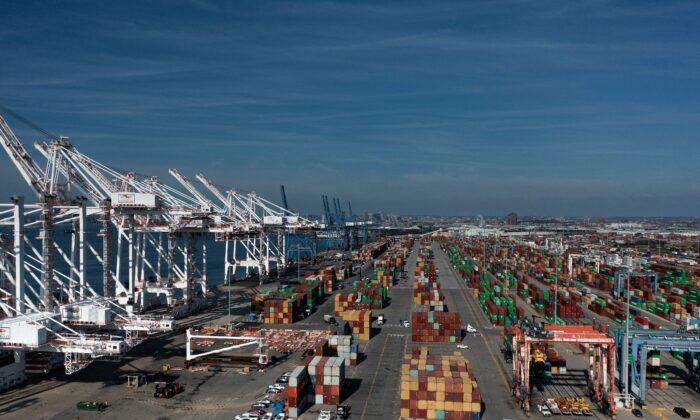
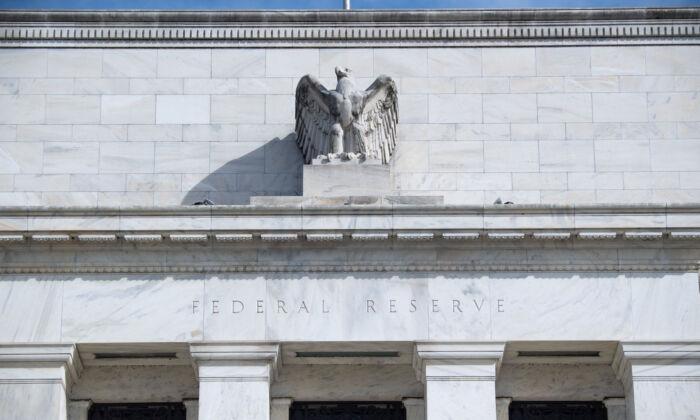
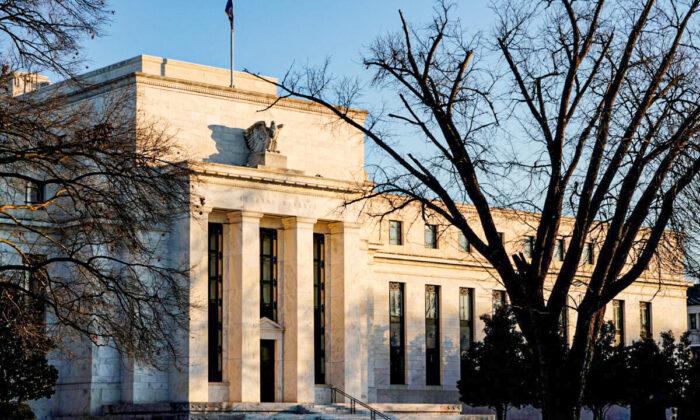
Friends Read Free